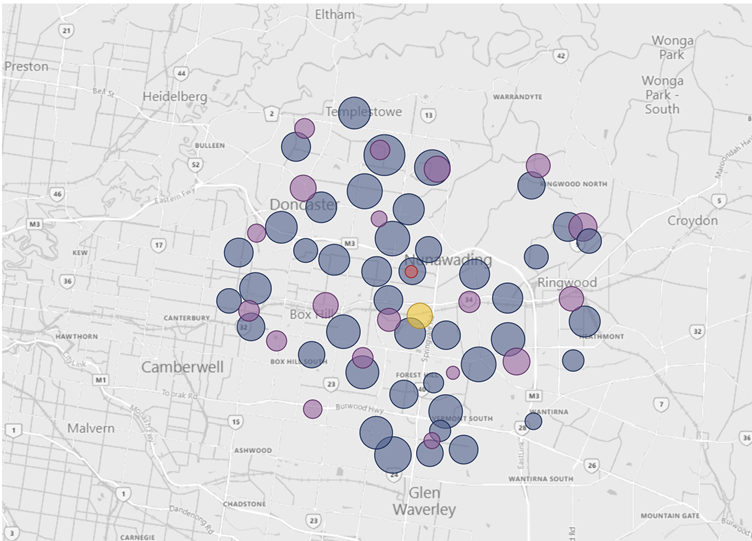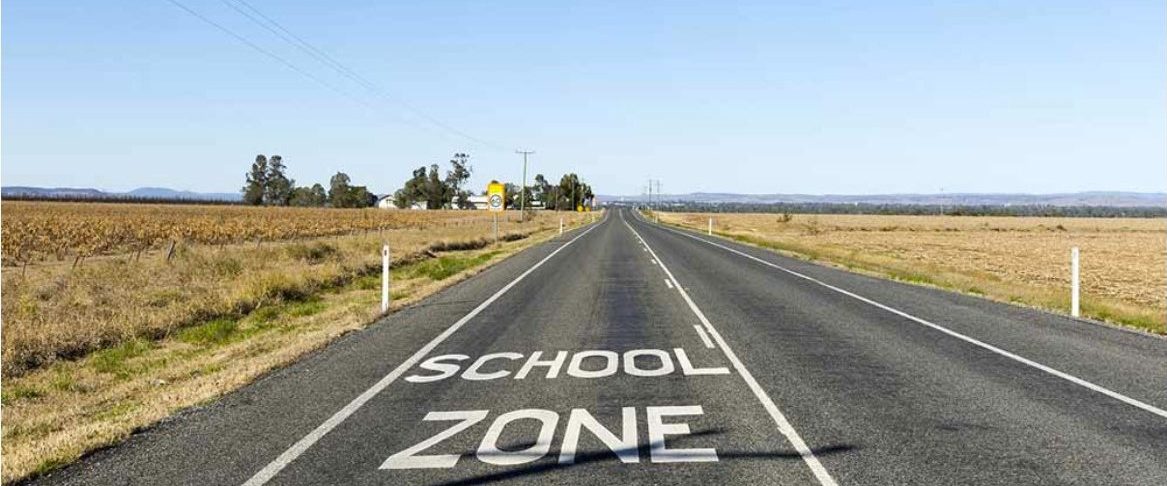Share of catchment is the best indicator of future enrolments, but it is not the only consideration. In working with different schools, it is apparent that the size of a school’s catchment is heavily influenced by the type of school and its location.

A key factor in setting the catchment range is how far parents are willing to travel, or have their children travel to school. It is commonly accepted that this varies significantly with necessity and the age of the student, with country and high school children travelling further. What is less commonly understood is that changing the profile of the school can change its catchment.
For example, a suburban government or catholic primary school would nominally have a catchment of approximately a 2 km radius. However, a specialist primary school would have a catchment of 7 km radius, which could increase the population of students in the catchment tenfold. At the same time, depending on the specialty it could reduce the percentage of the population that would be seeking the specialty – which has significant implications for effective community engagement.
Eddee has a powerful catchment analysis tool that can readily calculate the size of a student catchment for any school in Australia and how the catchment and market share has changed over time.

Understanding the size of the catchment and the schools relative market share across the demographics within the catchment and how that has changed over time is key to informing an appropriate plan and community engagement strategy.

